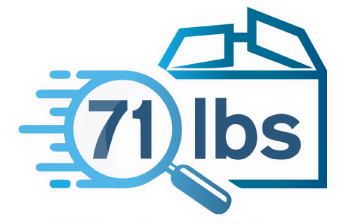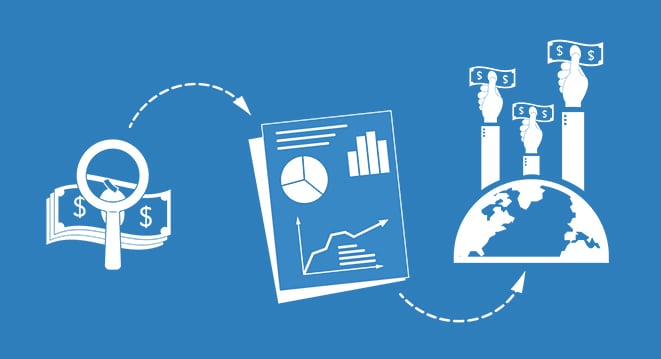In a commercial battle zone, it pays to know where the safe ground is. Today’s tariff war between the Big Two nations has brought Foreign Trade Zones to the fore. What are they and how can they benefit your company?
Unless you’ve been living under a rock in recent months, you’re probably aware of the US and China “war on tariffs”. China views the billions in tariffs being batted back and forth as the biggest economic trade war in history. This ongoing commercial clash between the two retail superpowers could potentially affect every business and consumer in the United States, directly or indirectly.
This trade climate is the perfect time for American retailers to take advantage of foreign trade zones and the benefits they can offer. Here’s our breakdown of everything you need to know.
What are FTZs and how do they work?
The U.S. Department of Homeland Security defines FTZs as secure areas under U.S. Customs and Border Protection (CBP) supervision that are generally considered outside CBP territory upon activation.
Located in or near CBP ports of entry, they are the United States' version of what is known internationally as free-trade zones. Foreign and domestic merchandise may be moved into FTZs for operations which are not otherwise prohibited by law such as exhibition, assembly, manufacturing, and processing. Merchandise admitted into a zone may be stored, exhibited, repacked, assembled, distributed, sorted, graded, cleaned, processed, tested, labeled, repaired, and mixed with foreign or domestic merchandise otherwise manipulated, destroyed, or manufactured.
Payment of duties is not required on the foreign merchandise unless and until it enters CBP territory for domestic consumption. At this point, the importer typically has two choices – paying duties at the rate of the finished product or of the original foreign materials.
Domestic goods moved into the zone can be considered as exported upon admission to the zone for purposes of excise tax rebates and drawback (the refunding of certain taxes, duties and fees).
How can a company benefit?
By using FTZs, you defer the payment of tariffs on products sold in the US and totally avoid them for exports. Any merchandise in a zone avoids duty and excise tax, and when leaving a zone via export are also free of this tariff. There’s no time limit on how long goods can remain in an FTZ. Retailers may have security concerns on long-sitting merchandise, but another benefit of FTZs is their compliance with CBP security requirements.
Only in an FTZ can an importer file Weekly Summary Entries. If added to that, the importer obtains Periodic Monthly Statement privileges from Customs, then the importer can actually sell, deliver, then file at the end of the week and pay up to 45 days later, preserving cash flow and reducing the pain of tariffs.
As we mentioned above, merchandise may be manufactured or changed in condition while in the zone which goes further in substantially lowering the duties paid.
A comparison of using FTZs to generate savings and positive cash flow
Company A is importing $ 10 million dollars per year in product, and then exporting those to their customers in the Caribbean. Their effective duty rate for these products is 3.5%. By using a FTZ, they’re able to reduce their import duties expense by $350,000.
Under the new Tariffs on China Products, an additional 25% would have been due. How big would the savings be in today’s environment? An additional $ 2.5 million.
Company B imports $12 million in merchandise destined for the US Market. Their product duties range between 4% and 5%. Therefore, duty payments over the year are in the $600,000 range.
By using FTZs they can receive into the zone without advancing any duties, sell to their customers and deliver, reporting the sales for the week under Weekly Summary Entry (only available under FTZ) at the end of the week post-delivery. They’d then pay duties the 15th of the following month via the Periodic Monthly Statement.
If they are able to collect their receivables in a timely fashion, they pay duties after they have been paid by their buyers, saving an approximate $150,000 in cash flow assuming six turns per year. Under the new Tariffs for China, the figures are even greater, as there would be an additional $3 million in duty payments postponed until after the sale.
So, what can American companies do?
US sellers may decide to establish their own FTZ, and can do so by submitting the proper application for review by the Foreign Trade Zones Board. Your own FTZ could be in an established warehouse or could be a facility you construct on an FTZ industrial park site. Remember – every FTZ must be located at or near a CBP port of entry, so check out this interactive map for the port which suits your business best.
Tariffs on products from China doesn’t seem to be going away anytime soon. What’s more, it seems that Europe (possibly without the UK) and others are also targets of tariffs due to unfair trading practices. Establishing a FTZ for your company could be just what you need to make as much money as you can.
At 71lbs, we clarify the shipping process for our clients, making it easier and faster for them to access refunds and optimize their expenses. Our human-operated platform gathers all your shipping information into one easy-to-use customs analytics dashboard. Drop by the contact page to get in touch!



